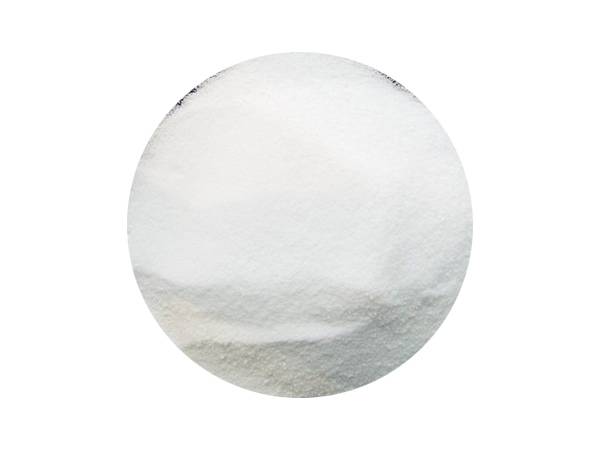



how to remove calcium from calcium ammonium nitrate
How to Remove Calcium from Calcium Ammonium Nitrate
Calcium ammonium nitrate (CAN) is a popular nitrogenous fertilizer used widely in agriculture due to its nutrient composition. However, there are instances when the presence of calcium in CAN may not be desirable for specific crops or soil conditions. Fortunately, there are methods to remove calcium from calcium ammonium nitrate, allowing for tailored nutrient management in agricultural practices.
Understanding Calcium Ammonium Nitrate
Calcium ammonium nitrate is composed of ammonium nitrate and calcium carbonate. It supplies both calcium and nitrogen to plants, promoting healthy growth. While calcium can improve soil structure and health, excessive calcium levels might hinder the absorption of other essential nutrients, leading to nutrient imbalances. This is particularly critical in crops sensitive to high calcium levels.
Methods of Removing Calcium
1. Selective Solubility One approach to extract calcium from CAN is based on selective solubility principles. By dissolving CAN in water, the soluble components can potentially be separated from less soluble particles. The solution can be filtered to remove undissolved materials, thus concentrating the ammonium nitrate in the solution while leaving behind some calcium compounds.
how to remove calcium from calcium ammonium nitrate

2. Ion Exchange Ion exchange is a more sophisticated technique where ionic compounds are exchanged to modify the composition of a solution. Utilizing ion exchange resins, one can specifically target calcium ions and replace them with other cations, such as magnesium or potassium. This method requires careful control of conditions but can effectively reduce calcium content in the fertilizer.
3. Chemical Precipitation Another method involves adding a precipitating agent that interacts with calcium, forming an insoluble compound. For example, sodium carbonate can be added to the CAN solution, leading to the formation of calcium carbonate that precipitates out. This solid residue can then be separated, allowing the remaining solution to have reduced calcium levels.
4. Hydroponic Techniques In hydroponic systems, calcium can sometimes be managed by adjusting the nutrient solution. By carefully choosing other nutrient sources that either do not contain calcium or contain it in lower concentrations, growers can create a controlled environment that minimizes calcium availability while ensuring essential nutrients are still provided.
Conclusion
Removing calcium from calcium ammonium nitrate is crucial for specific agricultural needs, especially in scenarios where high calcium levels could harm crop health. Techniques such as selective solubility, ion exchange, chemical precipitation, and hydroponic adjustments provide viable solutions to manage calcium levels effectively. By adopting these methods, farmers and horticulturists can optimize their fertilization strategies, ensuring that crops receive the right nutrients in the desired proportions. As always, understanding the specific needs of the crops and soil is key to effective nutrient management in agricultural practices.
-
Sodium Chlorite Hot UsesNewsJul.01,2025
-
Sodium Chlorate ApplicationsNewsJul.01,2025
-
Smart Use Of Sodium ChloriteNewsJul.01,2025
-
Power Of Sodium BisulfateNewsJul.01,2025
-
Potassium Monopersulphate & Sodium Chlorite: Key to Effective Cleaning SolutionsNewsJul.01,2025
-
Pool Water Treatment GuideNewsJul.01,2025
-
Why Strontium Carbonate Still MattersNewsJun.06,2025










